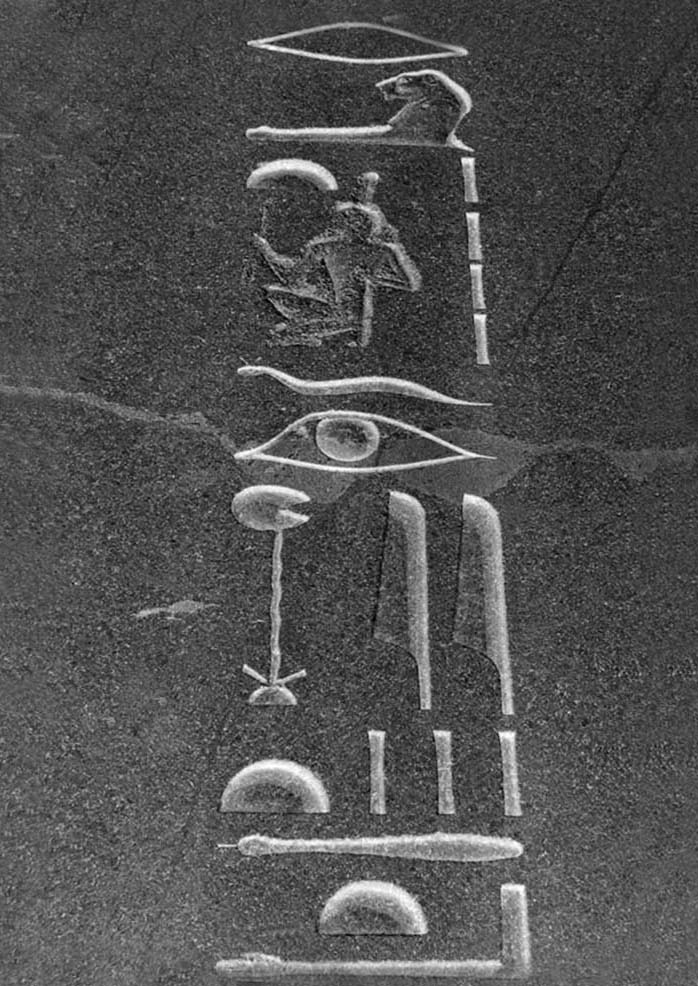Try this exercise: Choose a setting. Jot a list of images and symbols associated with that particular place. Choose one of the items you noted and include it in your opening paragraph, whether through dialogue or exposition. Write for twenty minutes on the clock. Go! Melanie Faith is an English professor, tutor, auntie, and photographer. She sometimes teaches online with a mug of tea and chocolate at the ready. Her poetry is forthcoming Fredericksburg Literary and Arts Magazine and The Meadow. Her photography is forthcoming in Sand Canyon Review and has been used as covers for poetry books and literary magazines. She loves visiting the Butterfly Palace with her darling nieces. Recent publications include a poetry collection, This Passing Fever (FutureCycle Press, September 2017), a craft book for writers called In a Flash!: Writing & Publishing Dynamic Flash Prose (Vine Leaves Press, 2018, available at Amazon) and Poetry Power (forthcoming, also Vine Leaves Press). Read more about her writing, photography, and publications at: https://www.melaniedfaith.com/blog/
0 Comments
Your comment will be posted after it is approved.
Leave a Reply. |
AuthorNUNUM Archives
July 2024
Categories |



 RSS Feed
RSS Feed